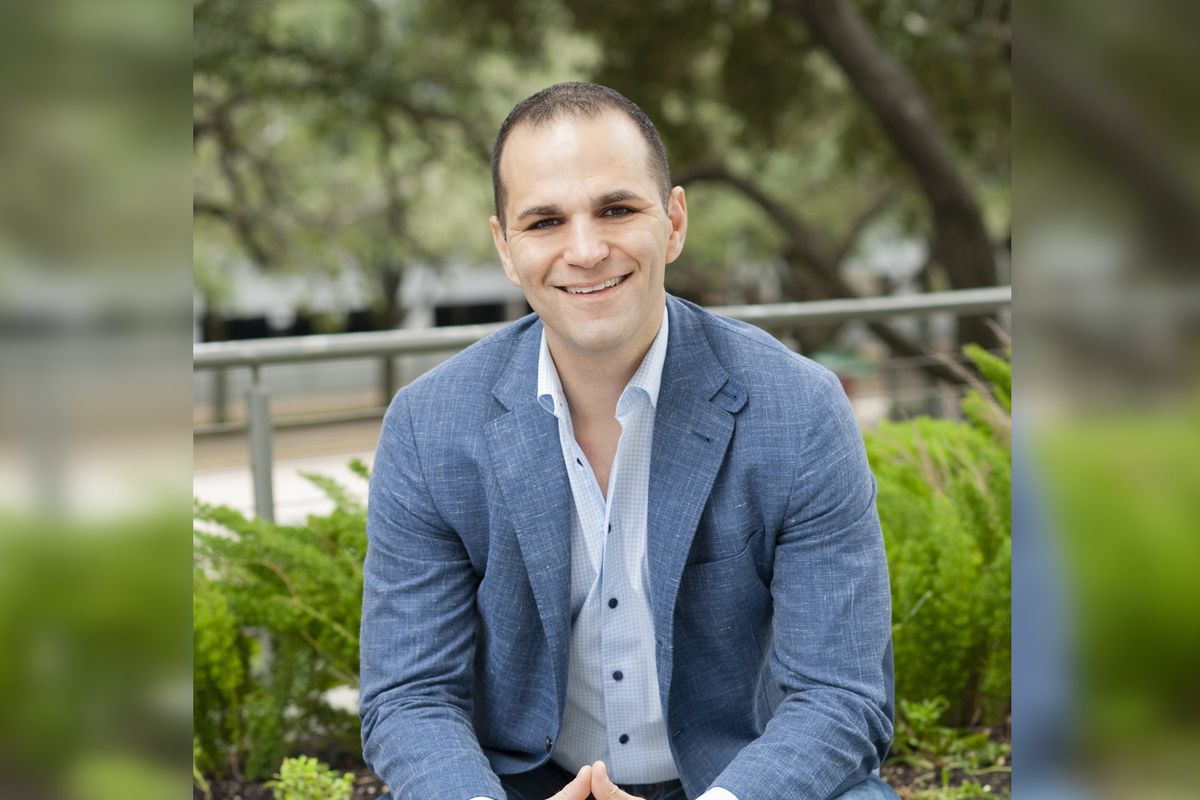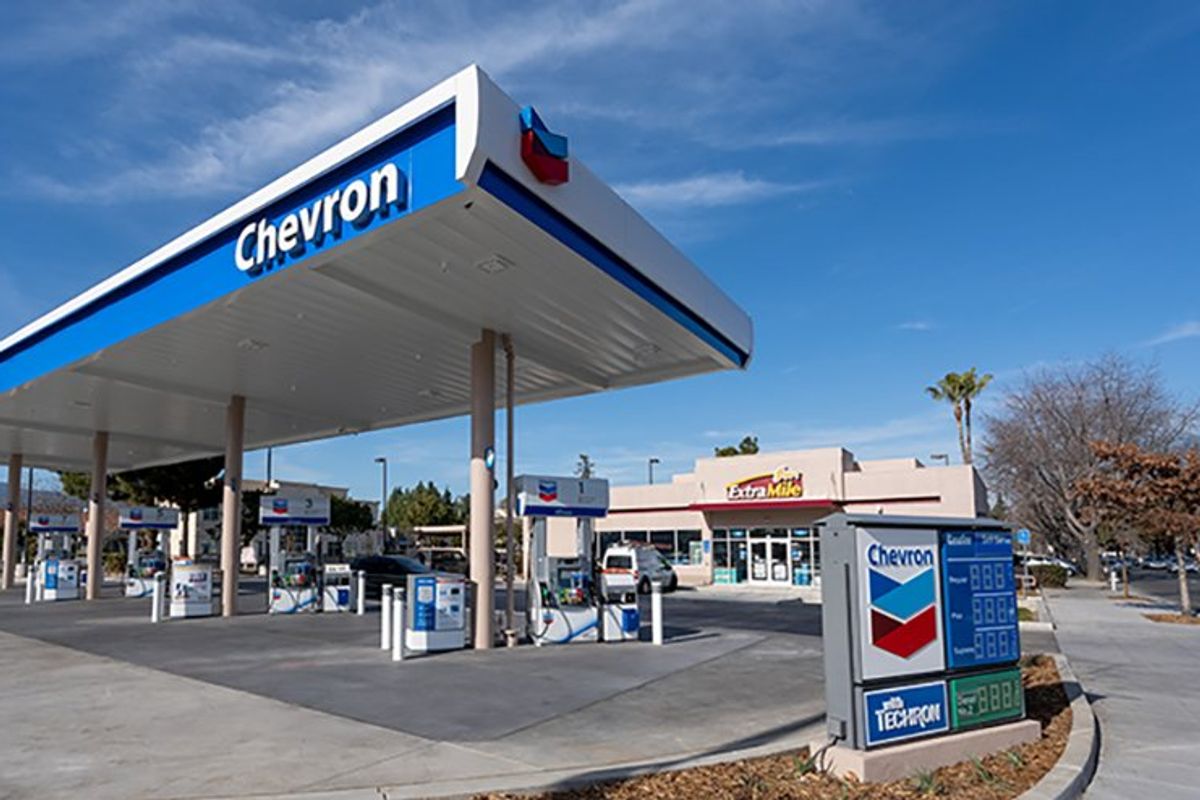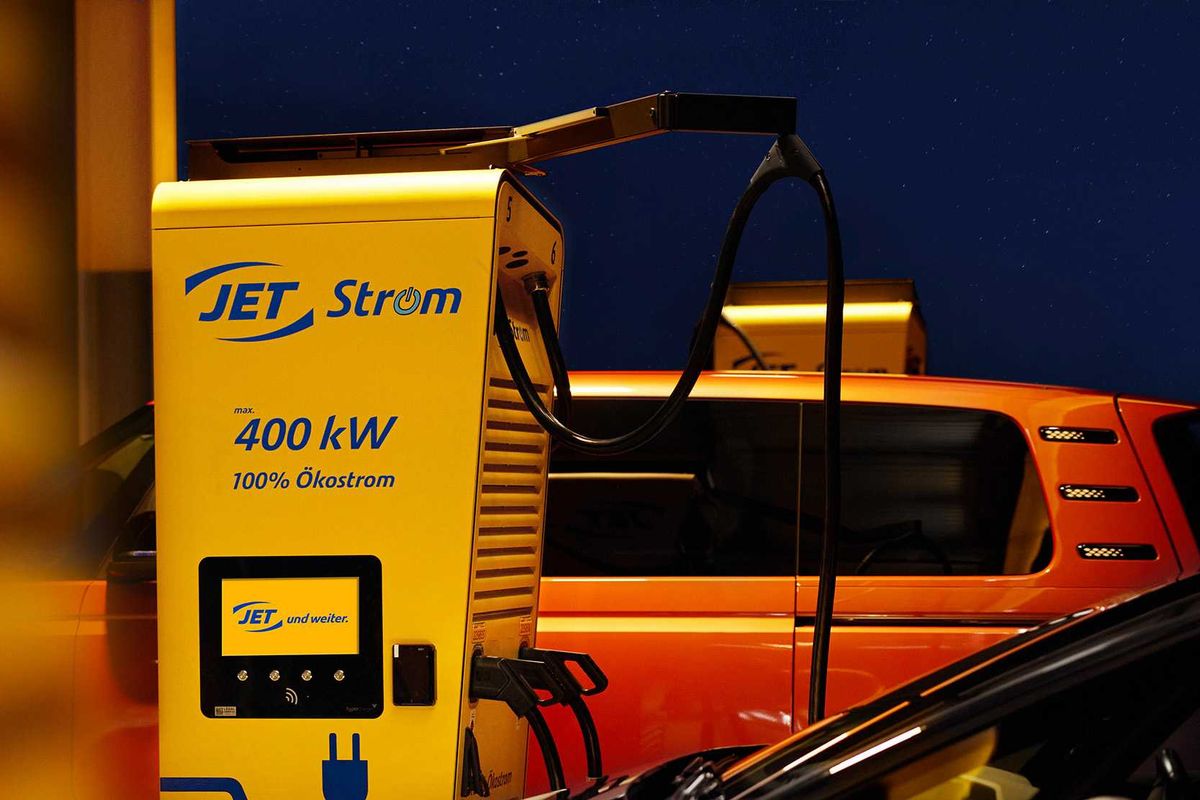Top Houston energy teams, individuals, and companies honored at annual awards
meet the winnenrs
The brightest stars in Houston's energy community celebrated wins at an annual awards event this week.
ALLY Energy, a company that works with its clients to make the energy industry more equitable, hosted its seventh annual GRIT Awards and Best Energy Workplaces on October 26 — and named its prestigious winners. EnergyCapitalHTX, as well as its sister site InnovationMap, was a media partner for the event.
“Every year, we are astounded at how many impressive, committed people are demonstrating leadership and grit in their work to advance the energy transition and build more diverse, equitable and inclusive workplaces,” ALLY Energy CEO Katie Mehnert says in a news release naming the finalists. “This year is no exception. This is the time to celebrate so many crucial achievements that may otherwise go overlooked in the energy sector and in broader society.”
In addition to naming its winners, ALLY celebrated three Lifetime Achievement Award honorees who have distinguished careers championing change in energy and climate in the private or public sector in the areas of technology, policy, and workforce: John Berger, CEO of Sunnova Energy; Rhonda Morris, vice president and chief human resources officer of Chevron; and Amy Chronis, vice chair, US energy and chemicals leader, and Houston managing partner at Deloitte.
The big winners of 2023 are as follows.
The Professional Award
- Alex Loureiro, Scientific Director at EnerGeo Alliance
- Crystal McNack, Diversity, Equity, and Inclusion Advisor at Enbridge Inc.
- Dani Milling, Gulf of Mexico Environmental Engineer & Mexico HSE Coordinator at Chevron
- Katie Zimmerman, Decarbonization Director, Americas at Wood
- Mark Klapatch-Mathias, Sustainability Coordinator at the University of Wisconsin-River Falls
- Natalie Valentine, Director - Business Performance at Worley
- Syed Fahim, Global ESG Lead at SLB
- Tane Bates, Regional Operations Manager at Certarus LTD
- Ujunwa Ojemeni, Senior Policy Advisor - Energy Transition & Technical Assistance Delivery at E3G - Third Generation Environmentalism
The Executive Award
- Cara Hair, SVP of Corporate Services, Chief Legal and Compliance Officer at Helmerich & Payne
- Emma Lewis, Senior Vice President USGC Chemicals & Products at Shell
- Jeremy Campbell-Wray, Strategic Accounts and Enterprise Growth Market Executive at Baker Hughes
- Maggie Seeliger, SVP & Global Head of Strategy, Energy & Resources at Sodexo
- Max Chan, Senior Vice President, Corporate Development Officer at Enbridge
- Megan Beauregard, Chief Legal Officer, Secretary, and Head of Policy and Regulatory Affairs at Enel North America, Inc.
- Sarah Delille, Vice President of US Country Management at Equinor
- Whitney Eaton, EVP, People & Sustainability at TGS Energy
The JEDI Award
- Jason Limerick, Sustainability Strategy Lead at Woodside Energy
- Melina Acevedo, Associate & Partnerships Lead at DE Shaw Renewable Investments
The Entrepreneur Award
- Charli Matthews, CEO at Empowering Women in Industry
- Mike Francis, Co-Founder and CEO at NanoTech
The ESG & Climate Champion Award
- Andrea Hepp, Deal Lead at Shell
- Brittney Marshall, Senior Advisor, Climate Strategy and Policy at Woodside Energy
- Gabriel Rolland, Vice President, Corporate QHSE at TGS Energy
- Sandhya Ganapathy, Chief Executive Officer at EDP Renewables North America
Gritty Girl Award
- Deepasha Baral, Student at the University of Petroleum and Energy Studies
Best Affinity Group, Employee Resource Group Award, sponsored by ChampionX
- Baker Hughes
- ChampionX
- Shell
- TPI Composites
- Women's Energy Network Houston
- Wood Mackenzie
- Worley
Best Energy Team Award, sponsored by Ovintiv
- Advisian Material Handling
- Halliburton Labs
- NOV Marketing
- Syzygy Plasmonics, Rigel Manufacturing & Launch Team
Best Energy Workplaces Award
- Aera Energy LLC
- Baker Hughes
- ChampionX
- EDP Renewables North America
- Enel
- Global Edge Group
- Shell
- Southwestern Energy
- Sunnova Energy International
- TGS Energy
- Wood
- Woodside Energy











